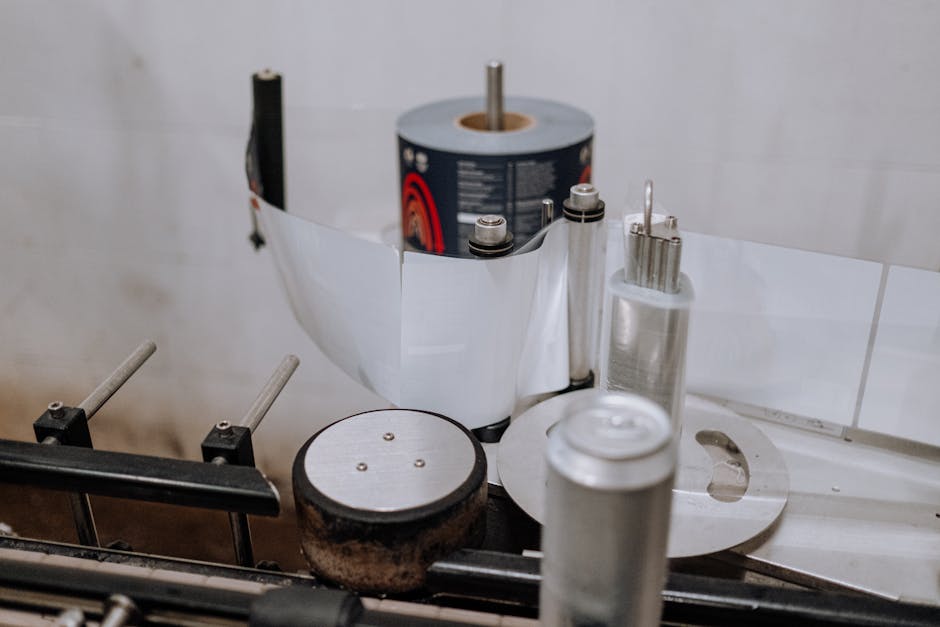In today’s eco-conscious world, the way we perceive industrial labels goes beyond their functional role, leading us into a deeper exploration of their environmental footprint and the sustainable practices reshaping their future.
Understanding the Footprint of Industrial Labels
The journey of an industrial label from production to disposal encompasses a series of environmental considerations. Traditionally, these labels have been produced using materials and processes that prioritize durability and cost-effectiveness, often at the expense of ecological sustainability. The production process, relying heavily on petrochemicals and energy-intensive manufacturing, releases significant carbon emissions, while the waste generated contributes to the overwhelming burden on landfills.
Moreover, the issue of recycling industrial labels is compounded by the adhesives used, which can inhibit the recyclability of the paper or plastic they are affixed to, complicating the efforts towards a more sustainable end-of-life scenario for products.
Understanding this footprint is the first step in addressing the environmental challenges associated with industrial labels, prompting a shift towards more responsible production and disposal methods.
The Role of Materials in Sustainable Labeling
The quest for sustainability in industrial labeling is leading to a revolution in the materials used. Innovators in this space are exploring biodegradable and recyclable options that can match, or even surpass, the performance of traditional materials.
One promising development is the use of bio-based plastics and adhesives, derived from renewable resources such as corn or sugarcane. These materials not only reduce dependency on fossil fuels but also offer a more favorable decomposition profile. Additionally, the incorporation of recycled content into label materials further lessens the environmental impact.
Innovative Practices in Industrial Label Production
Sustainability in industrial label production is not solely about the materials but also involves innovative manufacturing processes that aim to minimize waste and energy use. Digital printing technologies, for example, allow for more precise quantities to be produced, reducing overruns and minimizing waste.
Another significant advancement is the development of solvent-free adhesives and varnishes, which not only decrease harmful emissions but also enhance the recyclability of labels. These strides in manufacturing technology reflect a comprehensive approach to reducing the environmental impact of industrial labels.
Case Studies: Successful Sustainable Labeling Efforts
Examining real-world applications offers valuable insights into the feasibility and benefits of sustainable labeling practices. One notable example involves a leading beverage company switching to fully recyclable label materials, significantly reducing its packaging waste.
Another case highlights a collaboration between a label manufacturer and a consortium of companies to develop a compostable label, designed to break down completely in industrial composting facilities. These case studies not only showcase the commitment of businesses to sustainability but also highlight the tangible environmental and economic benefits derived from such initiatives.
Through these examples, the potential for widespread adoption of sustainable labeling practices becomes evident, offering a blueprint for other industries to follow.
As we delved into the environmental impact of industrial labels, it became evident that the pathway to sustainability is both complex and rewarding. Embracing innovative materials, technologies, and processes not only mitigates the ecological footprint of these everyday essentials but also signifies a commitment to the planet that transcends the label itself.

